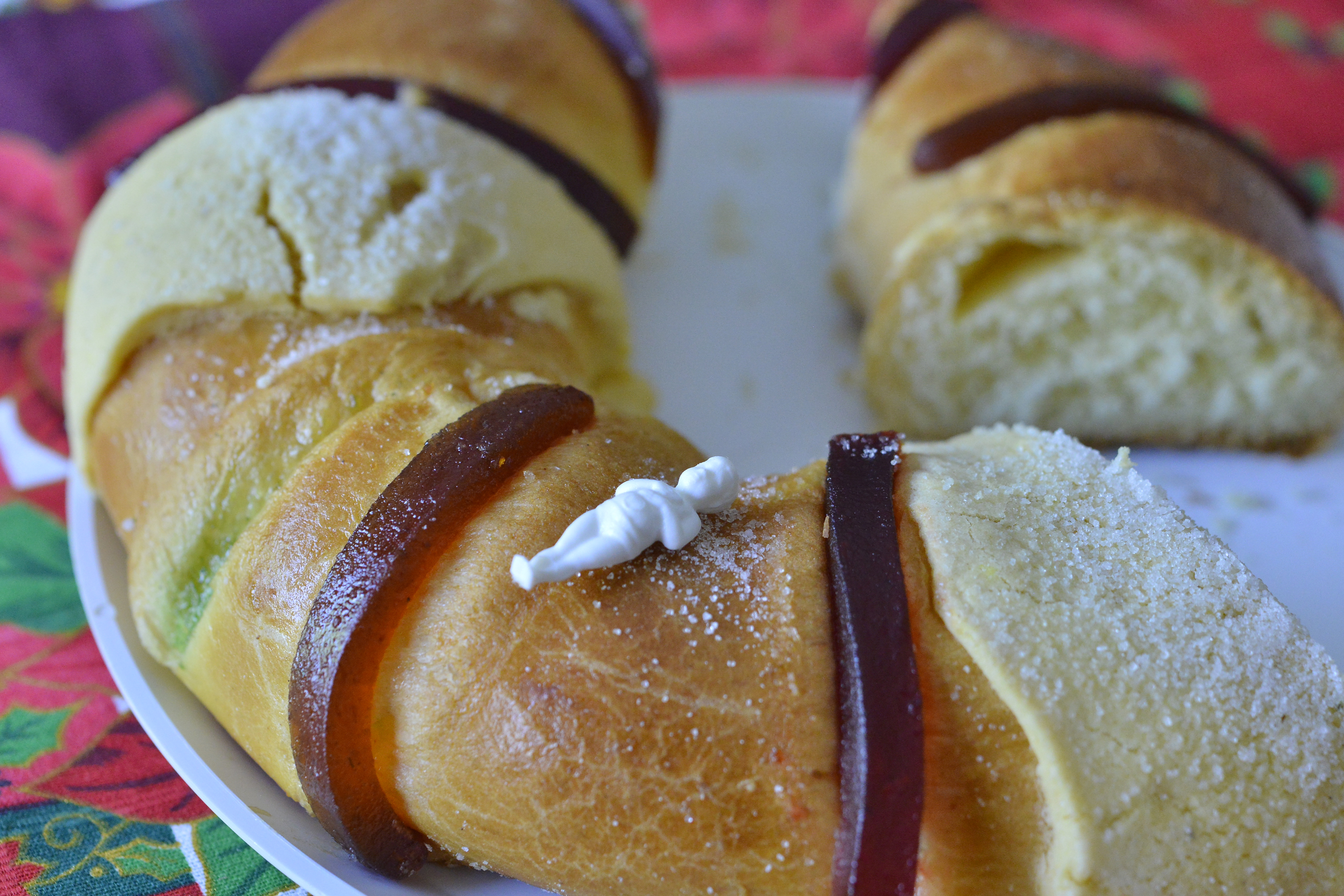
Much like red and green at Christmastime, you can't escape black and orange during the Halloween season.
WATCH ANYTIME FOR FREE
>Stream NBC10 Boston news for free, 24/7, wherever you are. |
In celebration of the spook-filled holiday, people deck out their homes with door decorations, painted pumpkins and seasonal accents in the classic color combo. Then there are the Halloween costumes and candy offerings lining the store shelves, most of which incorporate touches of black and orange in one way or another.
But when — and why — did these traditional Halloween colors become tied to the haunted happenings on October 31? And, at what point in time, did purple and green get thrown into the mix? Below, we break down the history and meaning of these festive hues, so you can decorate, dress up and celebrate with purpose this year. Or, at the very least, impress friends and family with some useful Halloween trivia.
Get updates on what's happening in Boston to your inbox. Sign up for our >News Headlines newsletter.
Halloween colors and their meaning
Orange and black
While it might seem that black and orange have been around forever as the “official” colors of Halloween, that’s not the case, according to Lisa Morton, author of “Trick or Treat: A History of Halloween.”
Holidays
From gift guides to local events, we're here to help you celebrate in style.
“In the first few years of the 20th century, there were party guides being published that called yellow and brown Halloween’s colors, thanks to the holiday’s association with the fall harvest,” Morton told TODAY, adding that yellow was for corn/maize and brown was for hay and dried husks.
But make no mistake: Orange is in honor of the jack-o’-lantern, which made its way into Halloween culture around 1910. According to Morton, it became “undisputed king of Halloween” because of the jack-o’-lantern’s prominence on postcards and in advertising.
As for black? “Black does indeed likely come from black cats, although bats contributed to that as well,” Morton said.
Purple and green
Purple and green have crept into the Halloween palette over later decades. Morton believes the introduction of green may have been inspired by the emerald complexions of witches in film — notably, Margaret Hamilton’s turn as the Wicked Witch of the West in the 1939 film “The Wizard of Oz.”
“Before that, witches were typically shown with just human skin tones and dressed in red,” Morton said.
Color expert Kate Smith wrote about the significance of purple on her website: “Purple has long been associated with wealth and royalty, as purple dye was precious and expensive. If green is the color of spring, then purple conjures up autumn, fading light, and shorter days.”
Smith also noted that the rich color is “associated with an escape from reality and magical images.” Sounds like Halloween and all its fantastic cosplay, for sure!
According to Amber Dunford, design psychologist and style director at Overstock.com, purple evokes mystery and spirituality, which complements our modern interpretation of Halloween. Green is at the opposite end of the color wheel, making it a nice contrast to purple.
“These cooler color additions balance out the warmth of the orange, harmonizing the two color temperatures nicely,” Dunford told TODAY. “The addition of green could be a nod to the external world, as we transition into fall hues around this time and the last of the summer greenery might be found lingering in some landscapes.”
The psychology of color
“Color is the first thing we assess when viewing an object, making it one of the most powerful and memorable design aspects from a psychological perspective,” Dunford said.
People often react to color before they even respond to an object’s shape, texture or scale. “This tendency makes color a very powerful tool in marketing and one that becomes difficult to look past once it becomes ingrained in our psyche,” she added.
Whether you prefer the classic Halloween colors or enjoy the expanded palette that includes green or purple, one thing’s for sure: When you see these colors, you’ll think of Halloween.
This story first appeared on TODAY.com. More from TODAY:



